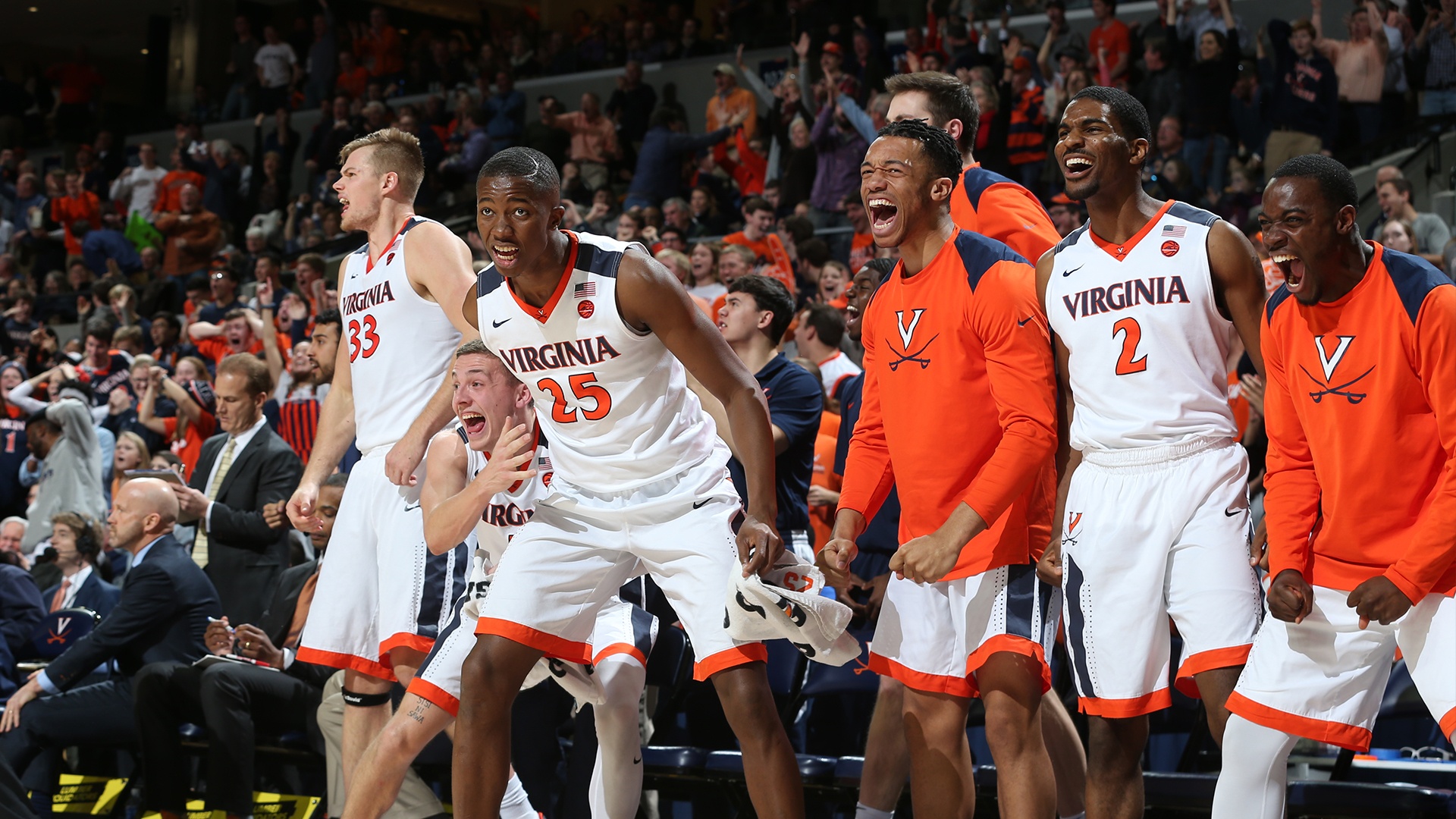By FanThreeSixty's Robb Heineman, originally posted on The Innovation Enterprise
---
From a loaf of bread to a vase of orchids, everything’s better when it’s fresh. That includes data — especially data from live events.
Think of it this way: Is it more valuable to market LeBron James’ latest Nikes the minute after an amazing slam dunk or five days later? It doesn’t take a longtime marketer to know the answer.
Fresh data provides the strongest source of consumer intelligence, which is paramount because consumers are now our brand co-owners. Through their influence, they have the power to rapidly drive or erode brands, and they wield that power almost ruthlessly. No longer are brands the kings of their domains; a well-placed hashtag or single tweet can lead to the crumbling of a company.
If you fail to understand your prospects and clients within their personal context, you’ll find it difficult to get relationship marketing traction. But tap into ripe, raw customer intelligence gathered during a live event, and you’re on your way to engendering a team of loyalists. They’re the nearly 80% of consumers who give their money and respect to genuine, client-centric businesses, and they’re the door to your gold mine.
Not All Live Events Are Created Equal
When it comes to gathering data sets, not all live events are created equal. The most valuable data tends to come from events that evoke emotion, such as sporting events or concerts. The heightened reactions tend to boost transactions, allowing an event organizer to instantly capitalize on what’s occurring on the ground. Rather than wait until the event is over, the organizer can customize content for customer segments mid-event, boosting engagement and fostering deeper brand-consumer connections.
During these in-event moments, customers tend to reveal more information than they might otherwise. The digital breadcrumbs they scatter can be used immediately and over the long run to keep them in a loop of brand commitment. You suddenly get a sense of how they build their own customer journey, which gives you next-level insights into how you can supplement their preferred experience not only during the event, but also after they leave. That’s why it’s no surprise that Facebook sees real-time data as a differentiator for brands that want to disrupt and lead their industries.
If the idea of using data in the moment sounds foreign, it’s because most businesses arm themselves only with traditional, after-the-fact data. While this type of data is useful, it’s best partnered with response-driven, real-time data. After all, you can’t engage with your customers during their emotional high points if you’re wading through data days or weeks later. Once your consumers leave the venue and are no longer captivated by the experience, your opportunity to generate 'magic moments' with them plummets.
Don’t miss another chance to use real-time data from live environments to drive tangible business results. Instead, implement these changes for better brand-building:
1. Partner with platforms that offer automated, self-service tools. Customers appreciate empowerment, so give it to them in the form of self-service solutions like apps where they can check in and engage with your brand during live events. Their footprints and other data can be used to drive more personalized experiences, which increases the likelihood of them buying more.
2. Segment customers into well-defined groups. A key driver to knowing how to best lean on real-time data is having the right knowledge about segments and groups. First, though, you need to separate them into logical audiences to ensure the content you’re providing is relevant. After you have your segments, you can then learn what the group did in the past to prepare to wow them in the moment.
3. Create a fully integrated data ecosystem. Real-time information can only work at its highest potential when it’s well-organized and feeds well-established customer personas and their journeys. Begin by having all the systems surrounding customer interactions, as well as the event itself, integrated into a single location. This includes everything from ticketing and point-of-sale to mobile apps and Wi-Fi. Then, have an on-staff expert or third-party expert help standardize the data sets, consolidate information, and make it easier to transform everything into customer intelligence.
4. Develop 'knowledge triggers.' Piggybacking on the information you culled from your data ecosystem, you can develop 'knowledge triggers.' These help you understand how to engage with target personas personally, such as developing a calling campaign, or through social, like via mobile extension 'pushes.'
5. Set the stage for a living, breathing data environment. Live data needs a continuous environment to help you learn and increase the lifetime value of your customers, ultimately expanding your base. Be creative like Pieology Pizzeria, which launched its very own research and development restaurant, Pieology Pizzeria R&D. Featuring a menu that offers standard fare mixed with innovative test dishes, Pieology requests that patrons give insights using feedback cards. Not only does the eatery get constant customer insight, but it has also found a buzzworthy way to stay top of mind and endear itself to both brand ambassadors and new diners.
When was the last time you looked at data while it was in the process of being born rather than when it's in its teens, adulthood, or even seniority? At your next live event environment, put time, energy, and dollars behind evaluation of what’s happening from moment to moment. Act when appropriate to foster engagement, and use the data you gather in real time to further your company’s ability to woo and wow customers.

